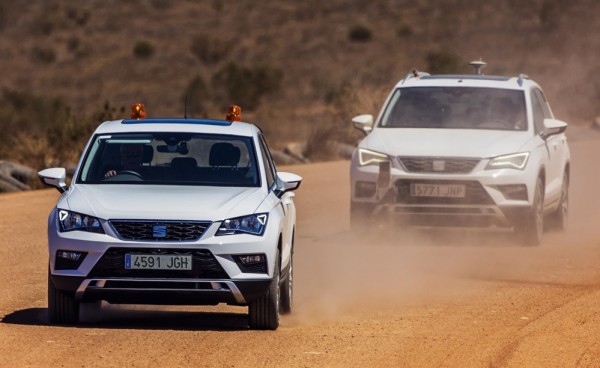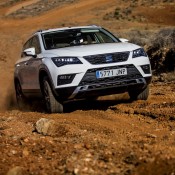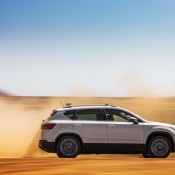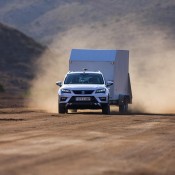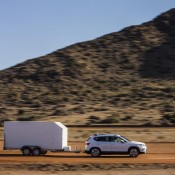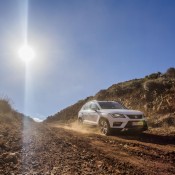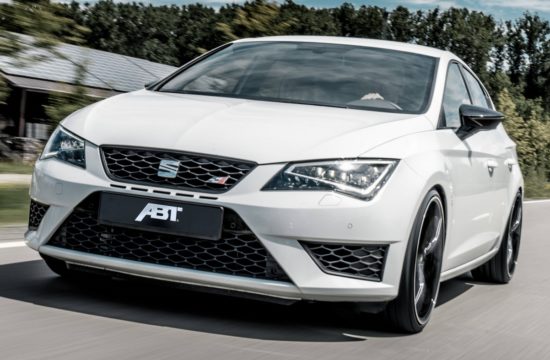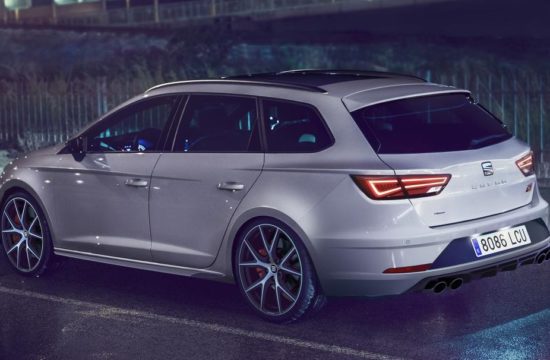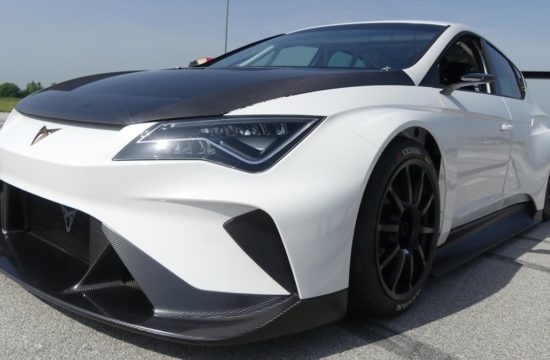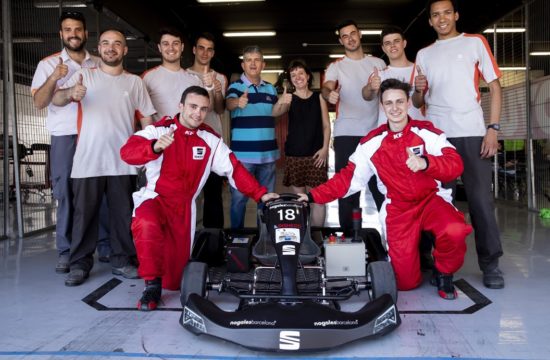Not that anybody really expects an affordable crossover like SEAT Ateca to be the last world in off-road capabilities or harsh weather tolerance, but the Spanish car maker nevertheless has sent the poor car on a grueling 25,000-kilometre desert test. And naturally they now want to tell you about how well the Ateca is doing and how tough it is.
The summer desert testing for SEAT Ateca consists of 80 different tests is being performed by 50 engineers and 40 cars in the desert region of southern Spain where daytime temperatures soar to 45°C in the shade. During the next three weeks the guys will cover 25,000 kilometres and evaluate the Ateca’s performance in a variety of situations to make sure there will be nothing an average customer can throw at the car that it can’t handle.
It’s all brilliant, but we think instead of bothering with all this desert stuff SEAT Ateca should be put through 80 tests by 50 children to see how well it holds together then. That would be a more likely scenario for the Ateca in the real world than crossing the Kalahari or whatever.
The main SEAT Ateca extreme desert tests include the following:
- Traction and controlled descent test. This tests the traction control systems on declines of up to 35% and how the Hill Descent Control performs; this system guarantees a controlled descent without the driver having to activate the brake pedal as well as the automatic enabling of the ABS system where necessary.
- Towing control test. There is a greater risk of losing control of a vehicle when pulling a trailer. This test verifies the performance of the Trailer Stability Program, which is a system that helps the car remain stable when it has a hitched trailer.
- Klapper test. A typical car has over 3,000 parts. This test ensures that all the components work in perfect harmony and do not cause any irritating noises for the passengers, no matter the type or condition of the surface being driven on.
- Dust intake test. A lead car drives through the desert leaving a large dust cloud in its wake, immediately followed by the car being tested to determine the service life of the air filter.
- Gravel test. The vehicles are driven 3,000 kilometres on a specific gravel course to analyse the impacts made by gravel on the entire undercarriage, wheel arches and the exterior and under surface of the bumpers. The goal is to ensure all the parts will resist during the vehicle’s service life.

